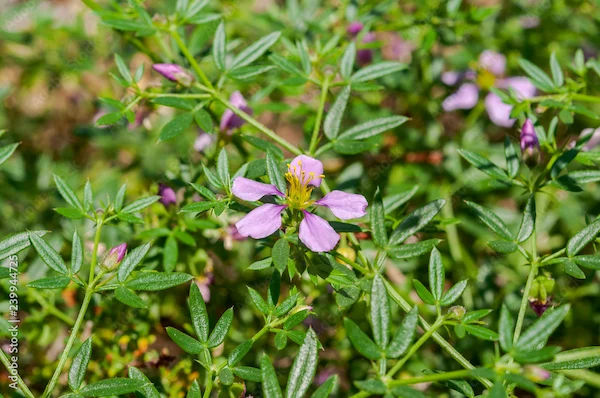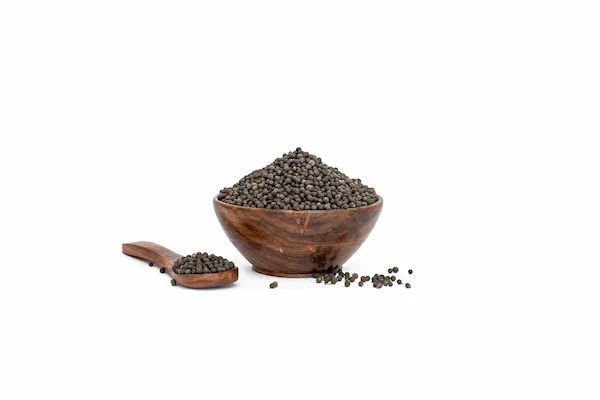Tidhara Sehund Benefits
Explore the benefits of Tidhara Sehund (Euphorbia), a powerful medicinal plant known for its anti-inflammatory, laxative, and skin-healing properties in traditional herbal medicine.

Written by Dr. Dhankecha Mayank Dineshbhai
Reviewed by Dr. Shaik Abdul Kalam MD (Physician)
Last updated on 25th Jul, 2025

Introduction
In today’s fast-paced world, many people are turning to natural remedies to improve their health and well-being. One such traditional herb gaining attention is Tidhara Sehund (also known as Euphorbia neriifolia or Indian Spurge Tree). This plant has been used in Ayurveda for centuries due to its numerous health benefits. If you're curious about how Tidhara Sehund can support your health, this article will guide you through its benefits, uses, and precautions.
What is Tidhara Sehund?
Tidhara Sehund is a medicinal plant commonly found in India, known for its thick, fleshy stems and milky sap. In Ayurveda, it is valued for its anti-inflammatory, analgesic (pain-relieving), and healing properties. Different parts of the plant—such as leaves, stems, and latex—are used for various health purposes.
Key Health Benefits of Tidhara Sehund
Here are some of the key health benefits of Tidhara Sehund, highlighting its traditional use in managing inflammation, digestive issues, and various skin conditions:
1. Relieves Joint and Muscle Pain
Tidhara Sehund is widely used to ease joint pain, arthritis, and muscle stiffness. Its anti-inflammatory properties help reduce swelling and discomfort.
How to use? The latex or oil extracted from the plant is applied topically to the affected area.
Consult Top Ayurvedic Practitioner
2. Supports Wound Healing
The milky sap of Tidhara Sehund has strong healing properties. It helps in:
- Speeding up wound recovery
- Preventing infections
- Reducing inflammation
Note: Always dilute the sap before applying to avoid skin irritation.
3. Aids Digestion
Traditionally, Tidhara Sehund has been used to treat digestive issues like constipation and bloating. It helps stimulate digestion and detoxify the gut.
How to use? A small amount of latex (under expert guidance) is sometimes used in Ayurvedic formulations.
4. Respiratory Health Support
The plant is beneficial in managing respiratory conditions like asthma, bronchitis, and cough. Its expectorant properties help clear mucus from the lungs.
How to use? Decoctions made from the leaves are sometimes used in Ayurvedic treatments.
5. Skin Care Benefits
Tidhara Sehund is known to help with skin conditions like warts, boils, and fungal infections due to its antimicrobial properties.
How to use? The diluted latex can be applied to affected skin areas.
Precautions and Side Effects
While Tidhara Sehund has many benefits, it must be used carefully:
- Toxic if ingested raw: The milky sap can be harmful if swallowed directly. Always consult an Ayurvedic doctor before internal use.
- Skin irritation: Some people may experience redness or itching when applied topically. Do a patch test first.
- Avoid during pregnancy: It may stimulate uterine contractions, posing risks for pregnant women.
How to Use Tidhara Sehund Safely?
Here are safe and effective ways to use it while minimising the risk of side effects:
- Always consult an Ayurvedic practitioner before using it.
- Do not self-medicate—proper dosage is crucial.
- Use only processed forms (like oils or powders) under expert supervision.
When to See a Doctor?
If you experience severe side effects like vomiting, dizziness, or allergic reactions after using Tidhara Sehund, seek medical help immediately.
Conclusion
Tidhara Sehund is a powerful natural remedy with multiple health benefits, but it must be used wisely. If you're considering trying it, consult an Ayurvedic specialist to ensure safe and effective use.
For personalised health advice, you can book an online consultation with an expert on Apollo 24|7 and get guidance tailored to your needs.
Consult Top Ayurvedic Practitioner
Consult Top Ayurvedic Practitioner

Dr. Shiv Prakash Singh
Ayurveda Practitioner
17 Years • BAMS
Dumdum
Vedhive Ayurveda Clinic, Dumdum

Dr Sankha Subhro Ghosh
Ayurveda Practitioner
10 Years • BAMS, MD Ayurveda-Kriya Shareera
Kolkata
Brahma Ayurveda (Ayurvedic Consortium), Kolkata

Dr. Khanisri Singapanga
Ayurveda Practitioner
14 Years • BAMS, MD Ayurveda
Hyderabad
AyushNidhi Ayurvedic Hospital Panchakarma - Piles -Infertility Center, Hyderabad
(25+ Patients)

Dr. Vinay Bansal
Ayurveda Practitioner
28 Years • BAMS, MD(AM)
Ajit Singh Nagar
Chronic disease treatment with Ayurveda Panchkarma, Ajit Singh Nagar

Dr. Sasanka Chowdhury
Ayurveda Practitioner
13 Years • BAMS
Kolkata
Sriveda, Kolkata
Consult Top Ayurvedic Practitioner

Dr. Shiv Prakash Singh
Ayurveda Practitioner
17 Years • BAMS
Dumdum
Vedhive Ayurveda Clinic, Dumdum

Dr Sankha Subhro Ghosh
Ayurveda Practitioner
10 Years • BAMS, MD Ayurveda-Kriya Shareera
Kolkata
Brahma Ayurveda (Ayurvedic Consortium), Kolkata

Dr. Khanisri Singapanga
Ayurveda Practitioner
14 Years • BAMS, MD Ayurveda
Hyderabad
AyushNidhi Ayurvedic Hospital Panchakarma - Piles -Infertility Center, Hyderabad
(25+ Patients)

Dr. Vinay Bansal
Ayurveda Practitioner
28 Years • BAMS, MD(AM)
Ajit Singh Nagar
Chronic disease treatment with Ayurveda Panchkarma, Ajit Singh Nagar

Dr. Sasanka Chowdhury
Ayurveda Practitioner
13 Years • BAMS
Kolkata
Sriveda, Kolkata




